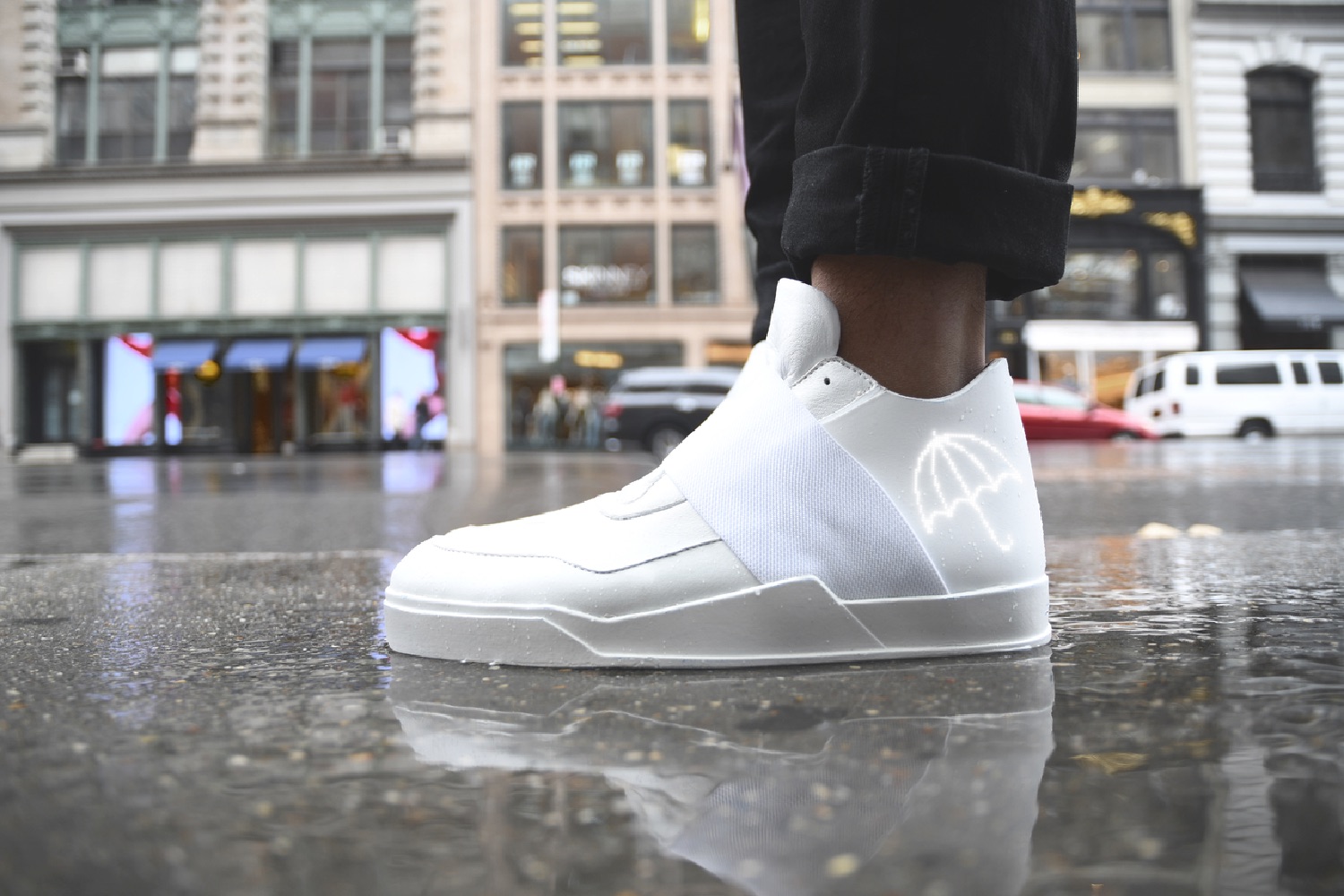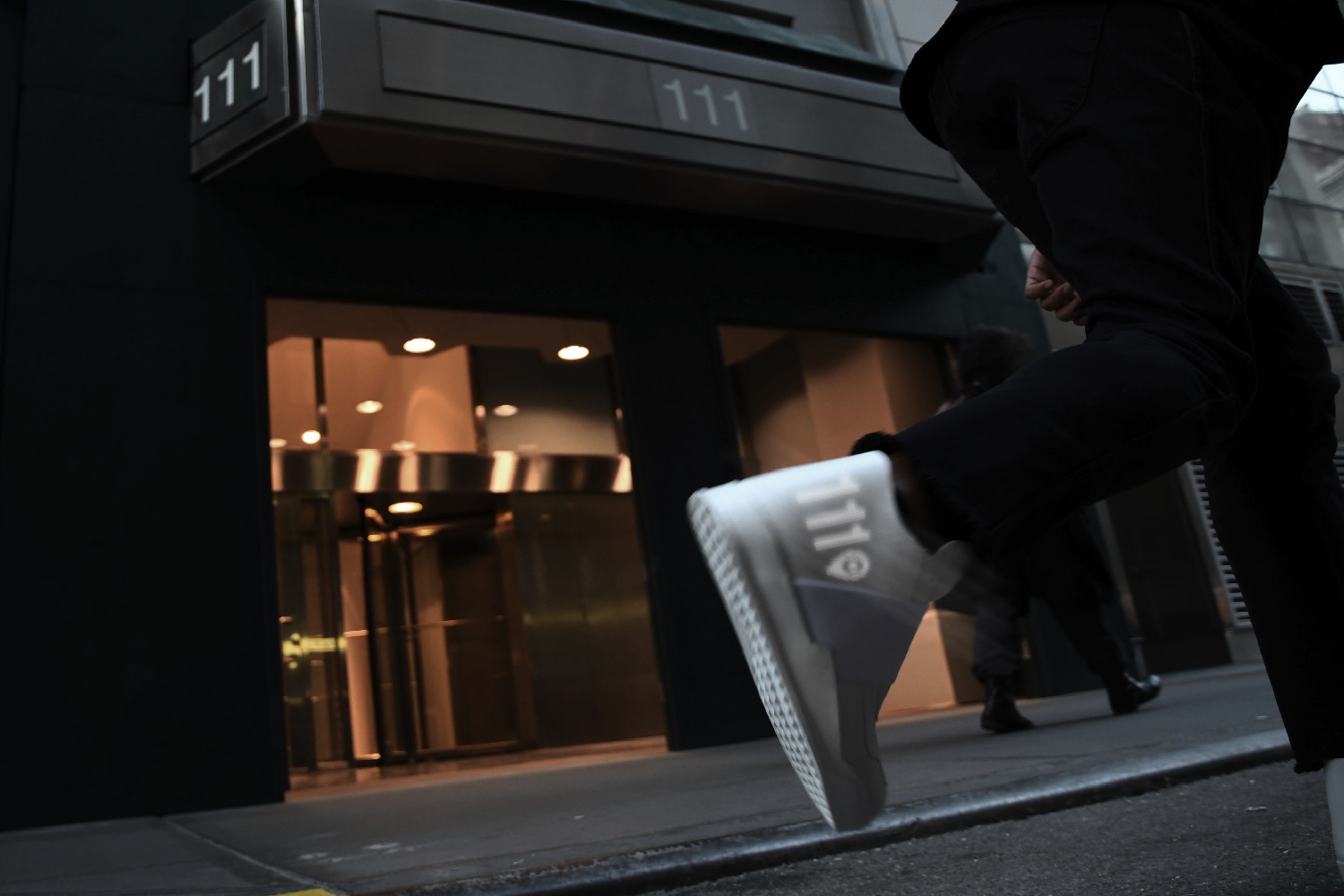If this oddly specific fantasy happens to be one you share, you may want to check out a new Indiegogo crowdfunding campaign that offers what its creators claim are the “world’s first customizable mid-top E-sneakers.”
Kitted out with embedded sensors and flexible LED screens, the high-tech Vixole kicks allow wearers to personalize their shoes by using them as miniature displays to show designs, animations, and photos sent from your smartphone.
“The shoe communicates with your phone using Bluetooth,” creator Jackson Dong told Digital Trends. “You can take a picture and upload it, draw your own design, or even — if you know coding — write your own algorithm to make a neat visualization.”
There are three types of Vixole shoe available: ranging from a regular monochrome LED display to a full color OLED one.
There are also a plethora of smart features built into the different models, such as wireless charging, more accurate step-tracking, embedded motion sensors for capturing real-time data, and open APIs so developers can get to work customizing the shoes to their hearts’ content.
The so-called Vixole Plus shoes are even equipped with a near field communication sensor that lets you exchange contact information with another Vixole owner by touching your shoes together for three seconds.
It’s nifty stuff and, based just on the LED/OLED displays, it’s easy to see the idea capturing people’s imaginations.
“It’s a canvas people can use for whatever they like to change how the shoe looks,” Dong continued. “If you think about fashion, everything you wear is designed by other people. This is a chance for people to use their creativity to become their own fashion designer.”
To pre-order the shoes — there are three options, the Vixole, Vixole Plus and Vixole OLED — check out the Indiegogo campaign link at the top of this page. Prices for a single pair range from $150 to $300, with shipping set to begin in June 2017.







